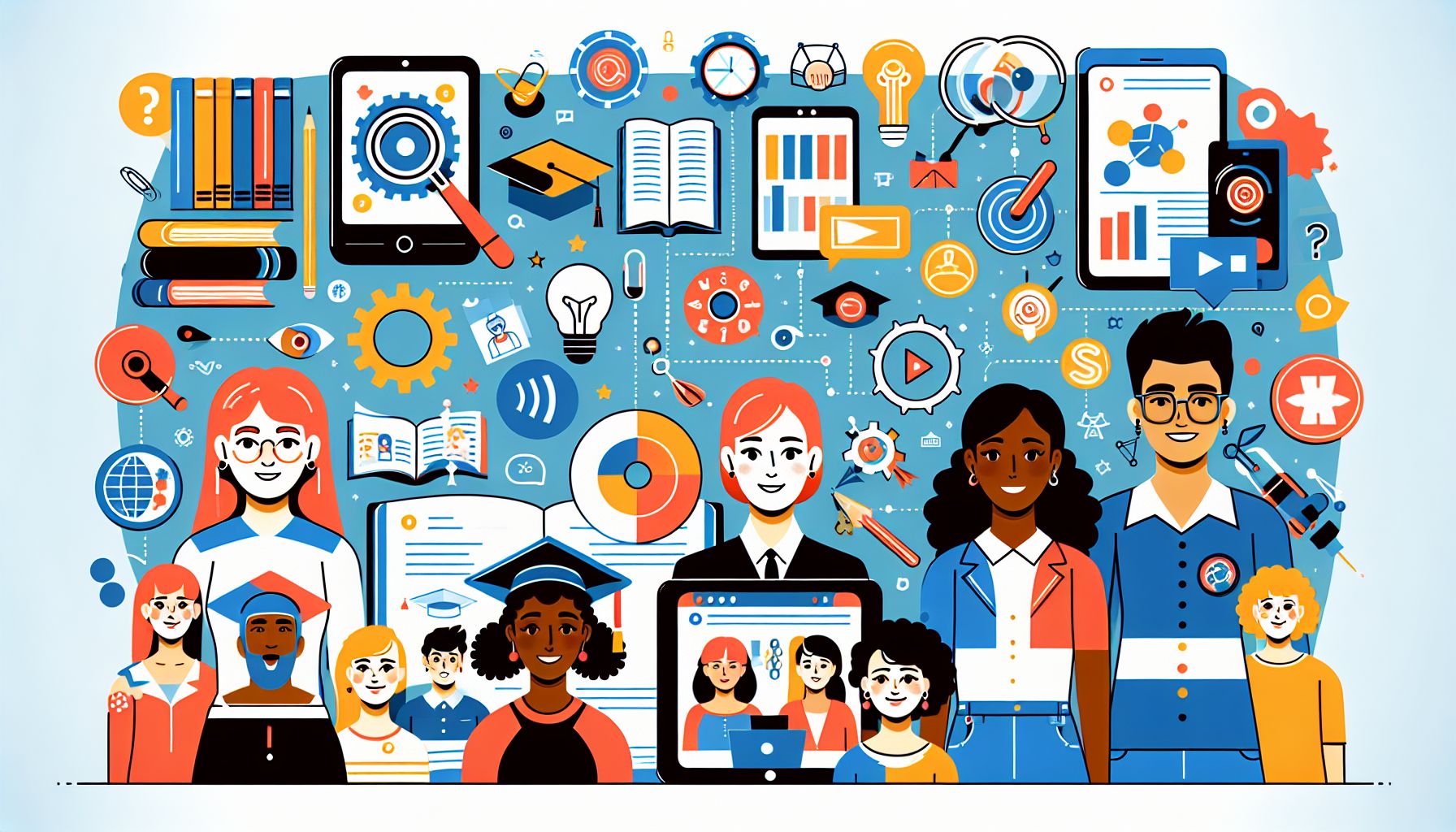As university students, we are constantly on the lookout for accessible and affordable learning tools that can supplement our education. And this is where open educational resources (OER) come into play. OER provide a wealth of valuable academic resources and digital materials that cater to students seeking cost-effective alternatives. In this blog post, we will explore the benefits of OER and present a list of reliable platforms that offer an extensive range of learning materials for university students.
Understanding Open Educational Resources
Open Educational Resources, commonly referred to as OER, are freely available educational materials that can be used, reused, and shared by both teachers and students. These resources encompass a wide variety of materials, including textbooks, lecture notes, videos, simulations, and more. The main goal of OER is to provide equitable access to high-quality educational resources, allowing students to learn effectively without the added financial burden of purchasing expensive textbooks or subscribing to costly services.
The Benefits of Open Educational Resources for University Students
Cost Savings
One of the most significant advantages of OER is the cost savings they offer. Traditional textbooks can be excessively priced, putting a strain on many students’ budgets. By utilizing open educational resources, students can access and download course materials for free or at a minimal cost, considerably reducing their overall educational expenses.
Accessibility
Open educational resources are readily available online, making them easily accessible to university students. With a simple internet connection, students can access a wealth of knowledge anytime, anywhere. Furthermore, the digital nature of OER allows for easy customization and adaptation, enabling students to personalize their learning experience to suit their needs.
Diverse Learning Materials
OER provide a wide array of learning materials that cater to different learning styles and preferences. From interactive videos and podcasts to virtual simulations and practice quizzes, OER platforms offer a range of resources that complement traditional classroom teaching. This diversity allows university students to explore various learning approaches, enhancing their understanding and retention of course content.
Collaboration and Engagement
OER platforms often foster collaborative learning environments. Through these platforms, students can engage in discussions, share their insights, and seek clarification on challenging topics. This collaborative approach not only enhances student engagement but also promotes a sense of community and support among learners. In addition, the inclusive nature of OER encourages peer learning, which has been shown to improve understanding and knowledge retention.
Reliable Open Educational Resource Platforms for University Students
Now, let’s dive into a list of reputable platforms that provide excellent open educational resources for university students. These platforms offer a diverse range of materials across various disciplines:
-
OpenStax: OpenStax is a nonprofit organization that offers free, peer-reviewed textbooks for a wide range of subjects. Their textbooks have been adopted by numerous universities globally, ensuring their quality and reliability.
-
MIT OpenCourseWare: MIT OpenCourseWare provides free access to course materials from a vast selection of MIT courses. Students can access lecture notes, assignments, and sometimes even video lectures, all from top-notch professors.
-
Khan Academy: Khan Academy is a popular platform that offers instructional videos, practice exercises, and quizzes across different subjects. Their bite-sized videos make complex concepts easier to understand, and their interactive exercises help reinforce knowledge.
-
Coursera: While most Coursera courses require a fee for certification, they often offer free access to course materials. These materials can include lecture videos, slides, and reading materials, and are an excellent resource for self-paced learning.
-
OER Commons: OER Commons is a digital library that curates a broad range of OER materials contributed by educators worldwide. Students can explore diverse resources and find materials that align with their areas of interest.
Conclusion
Open educational resources are an invaluable asset for university students seeking cost-effective and accessible learning tools. With the rising costs of education, OER provide a lifeline for those who want to enhance their learning experience without breaking the bank. Through OER platforms such as OpenStax, MIT OpenCourseWare, Khan Academy, Coursera, and OER Commons, university students can access a wealth of high-quality educational resources that cater to their specific needs. Embracing OER is not only a wise financial decision but also a means of promoting inclusivity, collaboration, and engagement in our educational journey. So, let’s leverage the power of open educational resources and unlock our full learning potential.

